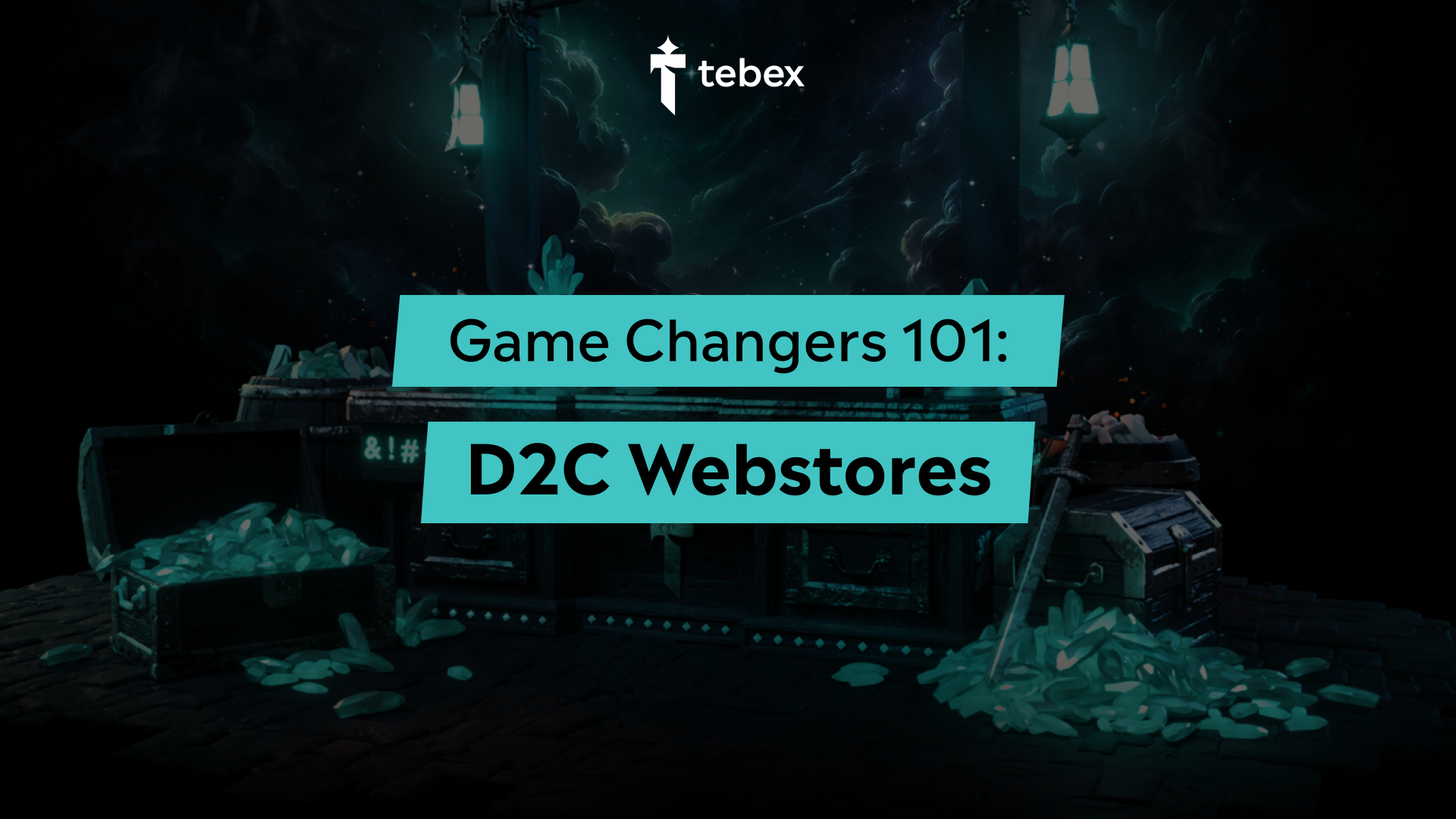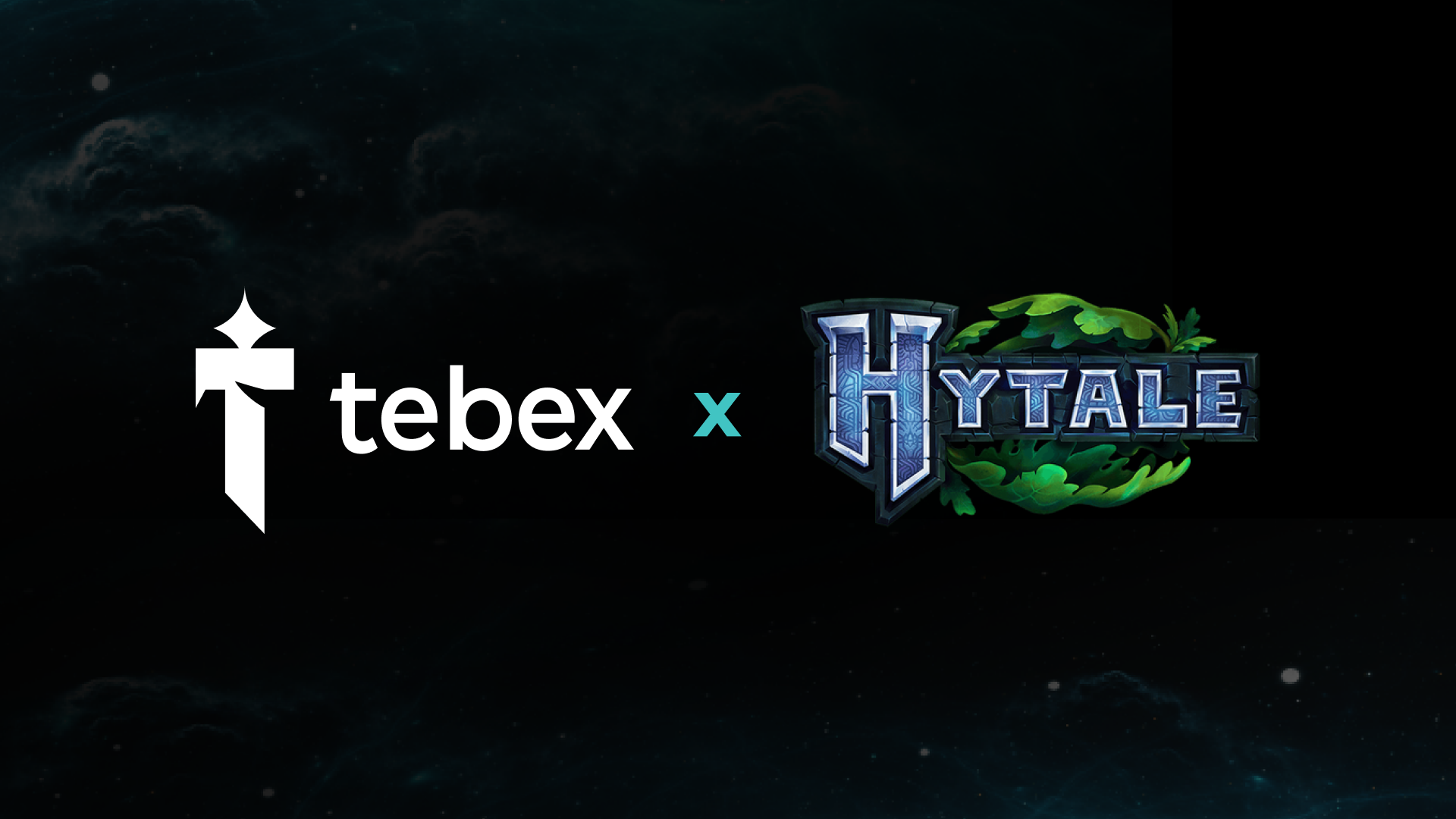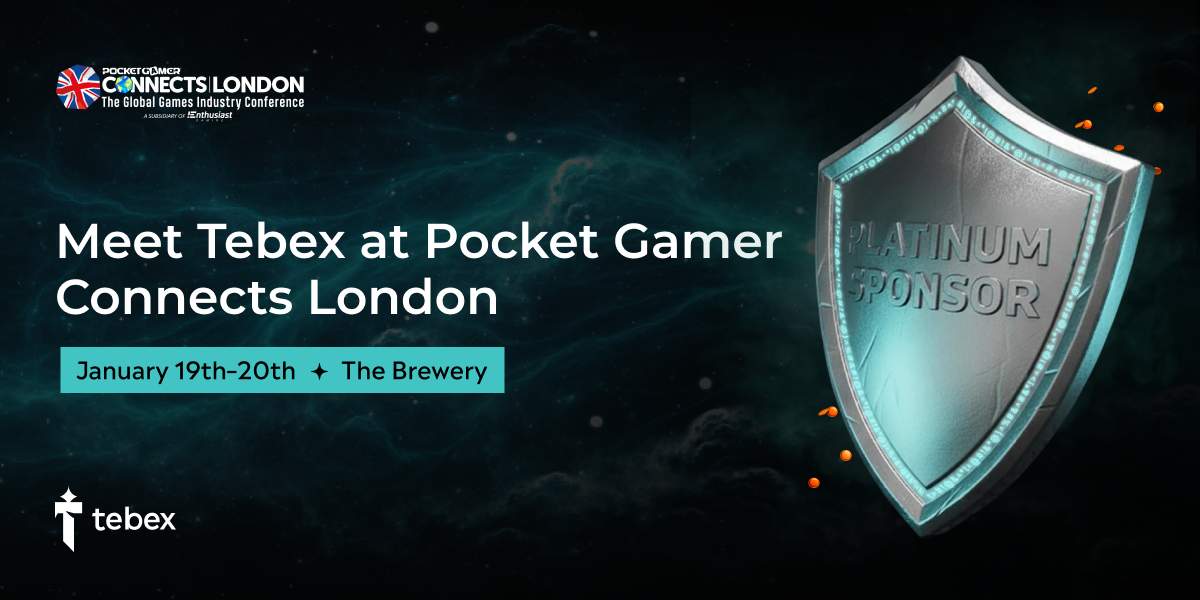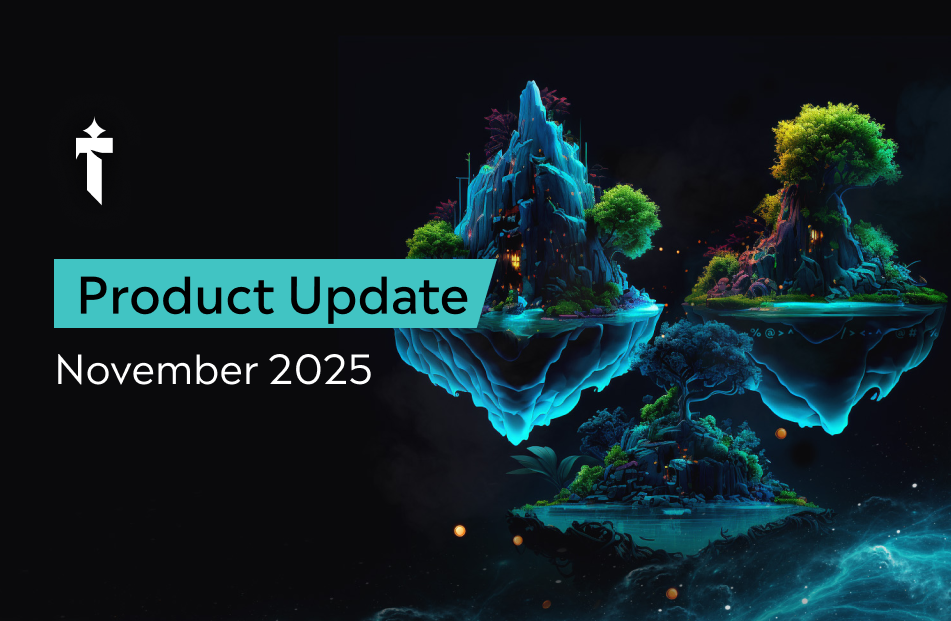Game Changers 101: D2C Webstores
D2C webstores are an effective monetization model for developers to own both revenue and player relationships. But how did they begin?

The gaming industry is currently undergoing a seismic shift in how games studios monetize their games. For years, game creators were locked into restrictive rules through the platform ecosystems that demanded them to forfeit up to 30% in platform fees, and surrender control over pricing and customer relationships. But that's no longer the case.
As we’ve covered in more detail in previous blog articles (Epic v. Apple and EU v. Apple), recent legal decisions have directly challenged the dominance of traditional app stores. These rulings have unlocked new paths for developers to sell outside these walled gardens, allowing them to keep more of their revenue and have more flexibility to sell digital goods and experiences directly to their players.
This momentum has brought a strategy that was used in a very limited way into the spotlight: direct-to-consumer (D2C) webstores. These are external websites where game creators sell directly to players, bypassing any limitations of platform-controlled marketplaces.
In this edition of Game Changers 101, we’ll explore the evolution of D2C webstores in gaming, from their grassroots origins to their growing role as a cornerstone of modern game economies.
The Need for Autonomy
Long before D2C’s catapult into the gaming spotlight in the past few months, independent game communities were already looking for ways to monetize on their own terms. This was especially true for open platforms like Minecraft, Rust, Gary’s Mod and other mod-friendly games, where opportunities to support projects and communities were met with more limitations.
Official game publishers often had no built-in marketplace, which pushed several community leaders to search for monetization solutions outside those restrictions. Minecraft server owners in the early 2010s, for example, faced rising server costs and turned to player donations and item sales to sustain their communities.
These mentioned above items, like cosmetics and in-game ranks, were usually sold through external webstores that operated independently of any official platform. Some servers created their own basic stores using PayPal buttons or forums, while others adopted early pioneering platforms like Buycraft (known today as Tebex) to manage payments and automate delivery directly into the game.
One of the most notable examples of this early model was Hypixel, now the largest Minecraft server in the world. Launched in early 2013, Hypixel began monetizing its gameplay almost immediately through a Buycraft-powered webstore, offering exclusive in-game digital goods and perks. It was a simple yet revolutionizing process- players visited the store, completed a transaction, and received their items instantly in-game. By 2015, Hypixel had already generated enough revenue to cover its substantial server costs and continue to scale at a record-breaking pace.
The Rise of Studio-Run Stores
The opportunities unlocked by D2C were not limited to servers. Game studios were also building their own direct storefronts long before it became common practice. As early as 2002, Jagex introduced a paid membership for RuneScape, allowing players to subscribe through the official RuneScape website for exclusive quests and features. Within a week, thousands of players had subscribed, proving that players would pay a studio directly for in-game benefits.
More notably, in 2005, the now industry giant Electronic Arts launched EA Downloader, allowing players to purchase PC expansions like Battlefield 2: Special Forces online. This was one of the first major publisher run webstores, evolving into the EA Store and then rebranded in 2011 as Origin, a dedicated digital storefront where EA could distribute full games and digital content directly to players.
Ubisoft followed with Uplay PC in 2012 , turning what was originally a reward system into a full-fledged digital distribution platform. Over time, it evolved into a more comprehensive storefront experience. In 2019, Ubisoft introduced Uplay+, a subscription service offering unlimited access to a library of Ubisoft games. Then, in 2020, the company unified its services under the Ubisoft Connect brand and expanded its commercial platform as the Ubisoft Store.
Blizzard Entertainment entered the D2C space in 2009 with the launch of its Blizzard Shop, beginning with cosmetic pets for World of Warcraft. The store quickly grew to offer mounts, game time, and expansions directly to players, showing that even long-established subscription-based MMOs could successfully adopt web-based microtransactions.
The Live Service Leap
Perhaps the most transformative examples came from live service games. In December 2018, Epic Games launched the Epic Games Store to sell titles like Fortnite: Save The World directly to players. The store gave developers a more favorable revenue split and allowed Epic to maintain a direct relationship with its user base.
Roblox, meanwhile, pioneered the user-generated D2C model even earlier. By 2007, it introduced Builders Club (now Roblox Premium), enabling users to buy memberships, currency, and creator-made items directly from the Roblox website. In December 2024, Roblox doubled down on the D2C revolution, launching new initiatives that allowed creators to monetize subscriptions and premium experiences independently.
Why Are D2C Webstores So Effective?
The effectiveness of D2C webstores as a monetization model lies in their ability to give developers full ownership of both revenue and player relationships. Here are the core reasons this strategy has become a pillar of modern game economies:
- Better margins: thanks to the previously mentioned court ruling, creators can now avoid the 30% cut typically taken by intermediaries. This means more of the transaction goes directly to the developer or studio, enabling better reinvestment into content and community.
- Creator freedom: D2C stores give developers full control over how they sell to their audience. Without platform restrictions, studios can experiment with exclusive content or reward systems that fit their community’s expectations.
- Global accessibility: With the right infrastructure in place, D2C platforms can support local payment methods and currencies. This empowers developers to reach players in new regions while avoiding the limitations of centralized storefronts.
- Stronger community connection: Selling directly helps preserve the relationship between developer and player. It allows studios to shape the experience around their audience, fostering loyalty through meaningful interaction and timely engagement.
A Legacy Built on D2C Monetization
The history of D2C webstores runs right alongside the history of Tebex itself. Launched in 2011 under the name Buycraft, Tebex was one of the earliest platforms to give game creators a direct path to revenue. That foundation has since evolved into a full-service infrastructure purpose-built for game monetization.
Today, creators can set up a store that reflects their brand and reach players across the globe through a seamless payment experience. With over 130 supported payment methods and full localization options, they can reach audiences in nearly every region. Players can pay using the methods they trust and use the currencies they’re familiar with, paving the way for creators to reach new markets and get closer to their core players, wherever they play.
But running a global webstore takes more than a checkout page. As a Merchant of Record, we take on the burden of tax collection and compliance, allowing creators to sell globally without worrying about regulations. Our fraud systems are tailored to the specific challenges of gaming, operating in real time to protect both creators and players (read more about how we keep over 30,000 creators safe from fraud and chargebacks every day here).
Tebex goes beyond payment processing to serve as the infrastructure behind direct-to-player success. We are proud to power some of the most recognized names in gaming, including Hypixel and FiveM, and to support a generation of creators turning their passion into lasting businesses. As the gaming economy moves toward greater independence, Tebex stands at the forefront, helping developers take control of their revenue and deepen their connection with players.
With Tebex, you gain more than just another payment provider; you gain a partner dedicated to your growth and enabling your success every step of the way. Ready to level up your? Reach out to Tebex today to see learn why we’re known for Gaming Payments Done Right.


